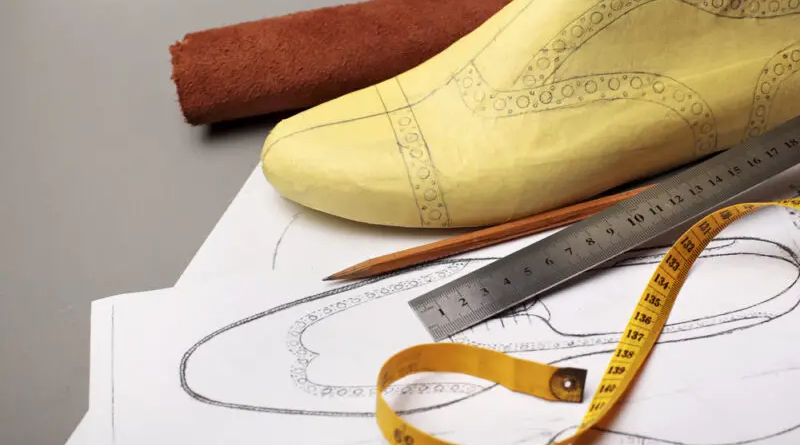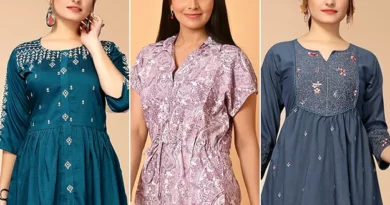Exploring : The Art of Footwear Design
An Article By Federica Pantanella (beyondtalentrecruitment.com).
Beyond the practical purpose of protecting our feet, shoes serve as symbols of style, class, culture and expression. For most people, footwear is the finishing touch to an ensemble, so choosing the right pair of shoes can say a lot about identity and fashion sensibility.
In this exploration of the art of footwear design, we take a look at how form and function come together and what main elements are considered during the process.
Footwear design blends art and functionality
In designing shoes, practicality is paramount because footwear affects mobility and comfort, more so than most other items of apparel. Even couture runway shoes need to support weight and movement and protect the feet to some extent. And, of course, aesthetics are also vital because shoes are a key item for expressing style. This means that conceiving and making shoes involves many complex aspects of design and production, including dynamic structural factors, the mechanics of movement and materials engineering.

Stuart Weitzman is one brand that blends form and function seamlessly. The designer’s high heels are known for being among the most comfortable in luxury fashion while also donning classic yet edgy styles. He reports being deeply inspired by the visual arts, which is evident in his recent collaboration with KidSuper, yet he insists on prioritising comfort in every design.
Another example is Prada. This luxury label isn’t exactly synonymous with ‘comfort’, but much of its footwear design throughout the decades has incorporated sporty, comfortable features. Its iconic combat boots and chunky, glossy loafers have driven footwear trends to embrace practical elements. Prada was also one of the first luxury brands to bring sportswear to the runway – and the company is now one of the biggest names in luxury trainers.


